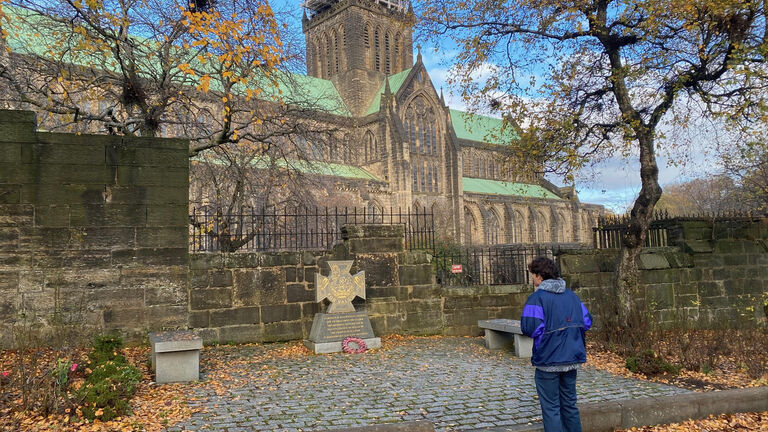
Image Credit: Maisie Malcolm Corl
Study Abroad Students Find Global Inspiration
Artists are inspired by the world around them—and study abroad opportunities at the School of the Art Institute of Chicago (SAIC) set students up for inspiration on a global scale. From personal studio spaces to world-renowned museum access to making new friends around the world, students Maisie Malcolm Corl and Sharon Zhang have both been influenced by their study abroad experiences. Here, they reflect on their time studying and making art in Glasgow, Scotland and Paris, France.
Maisie Malcolm Corl | Glasgow School of Art
How did your experience influence your practice?
At Glasgow School of Art (GSA), I had a studio space that was all my own for the first time ever. SAIC’s Painting and Drawing department uses shared studio spaces.
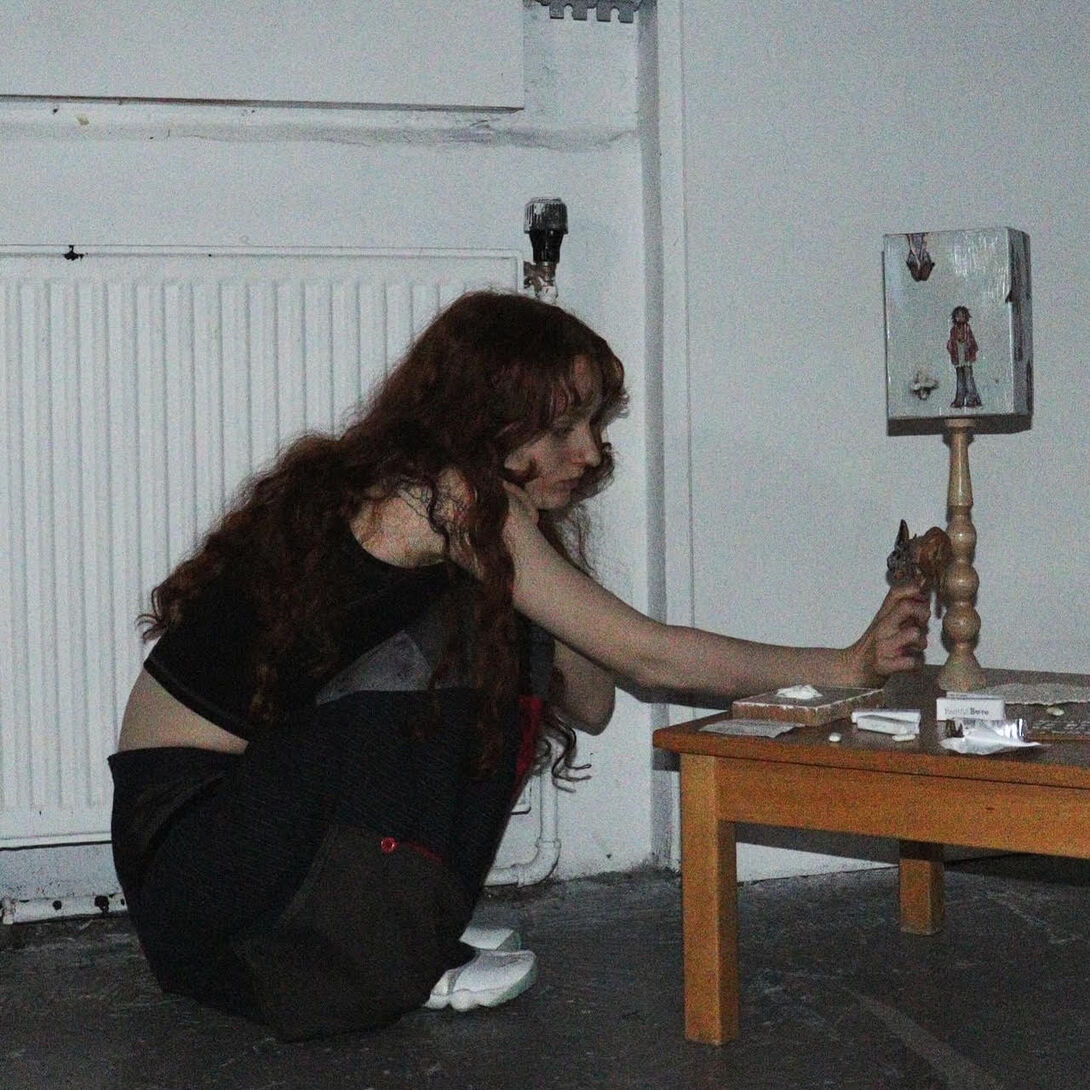
Image courtesy of Maisie Malcolm Corl.
In having my own studio space at GSA, I've tried to embrace experimentation and mess-making, as well as patience with myself and my work.
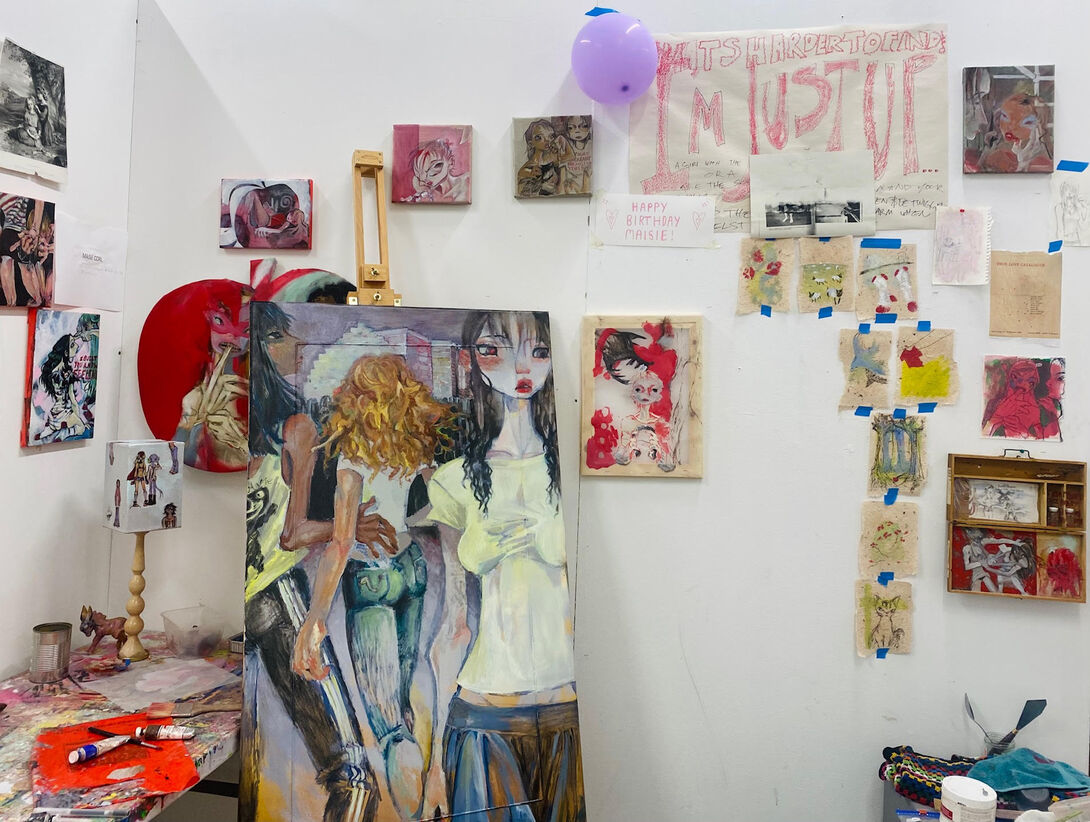
Image courtesy of Maisie Malcolm Corl
What was the most memorable part of your trip?
Around halfway through my term, I reached out to the department head about open spaces to exhibit work in school. After getting the okay from her, I organized a group exhibition of 10 artists whose works I admired. It’s difficult to come in as an outsider and ask for help, or feel like you deserve the attention of others, but people were really receptive and interested in the project. It took a huge amount of work to coordinate, but it was worth it.
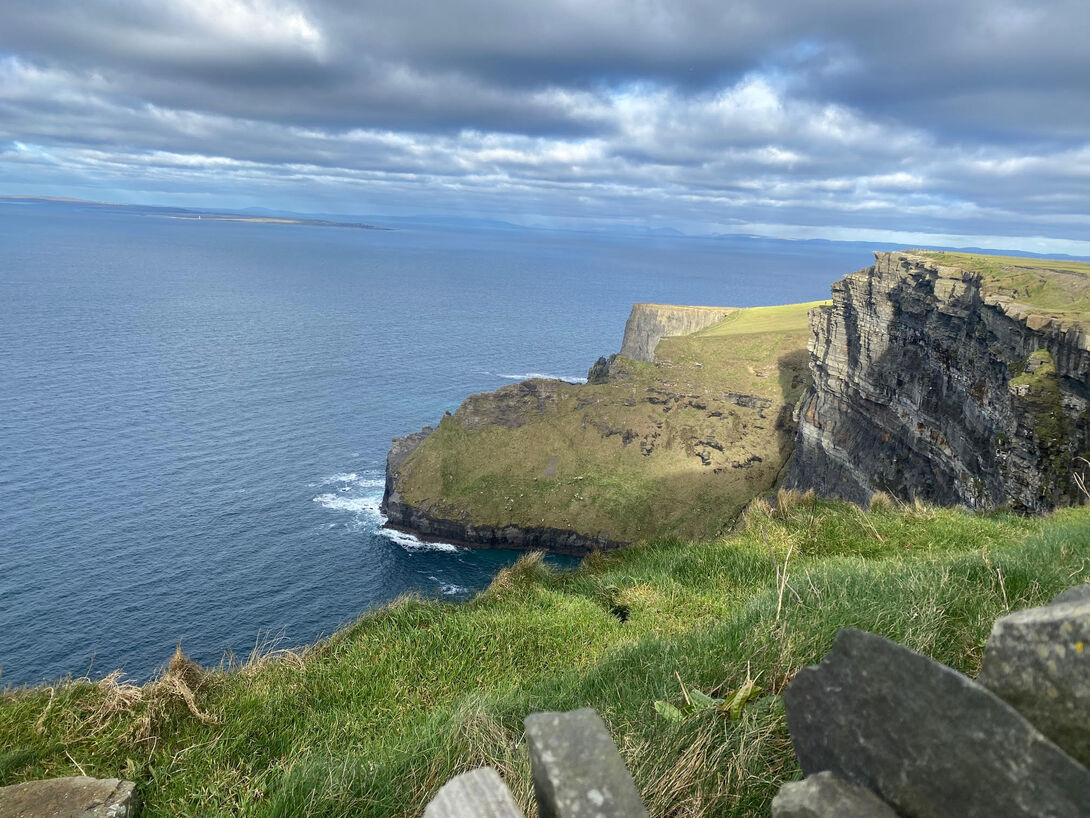
Image courtesy of Maisie Malcolm Corl
How did your study abroad experience shape your perception of the world?
Before the semester, I had a false impression of myself as a shy person who had just been lucky in my friendships in Chicago. Having to start over completely and make a place for myself in a new art community in a new country made me realize I am much more outgoing and capable than I knew. There can be a place for you anywhere. Every city’s art world is a separate universe. It’s a waste to only reach for what is closest to you.
Sharon Zhang | Beaux-Arts de Paris
How did your study abroad experience shape your perception of the world?
As an international student, feeling like an outsider is often the norm. This experience solidified my belief in the integration of creativity and scholarly practices. While I have always considered artists as scholars, it was challenging to fully appreciate this perspective without first-hand interpersonal experiences. My exchange semester allowed me to engage with diverse lifestyles and dynamic artistic practices that expanded my worldview.
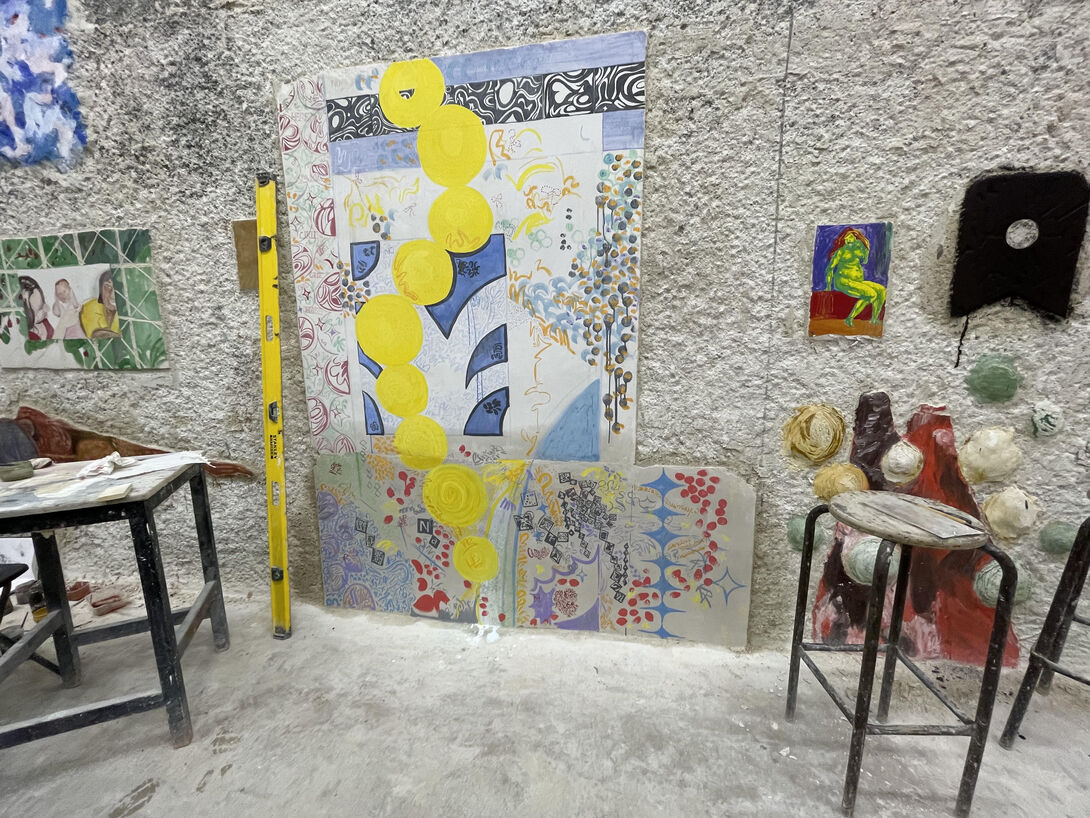
Image courtesy of Sharon Zhang
What stands out most from your time there?
The most memorable aspect was the benefits provided by a European Union student ID. I spent numerous weekends simply wandering around the city and admiring Old Master paintings.
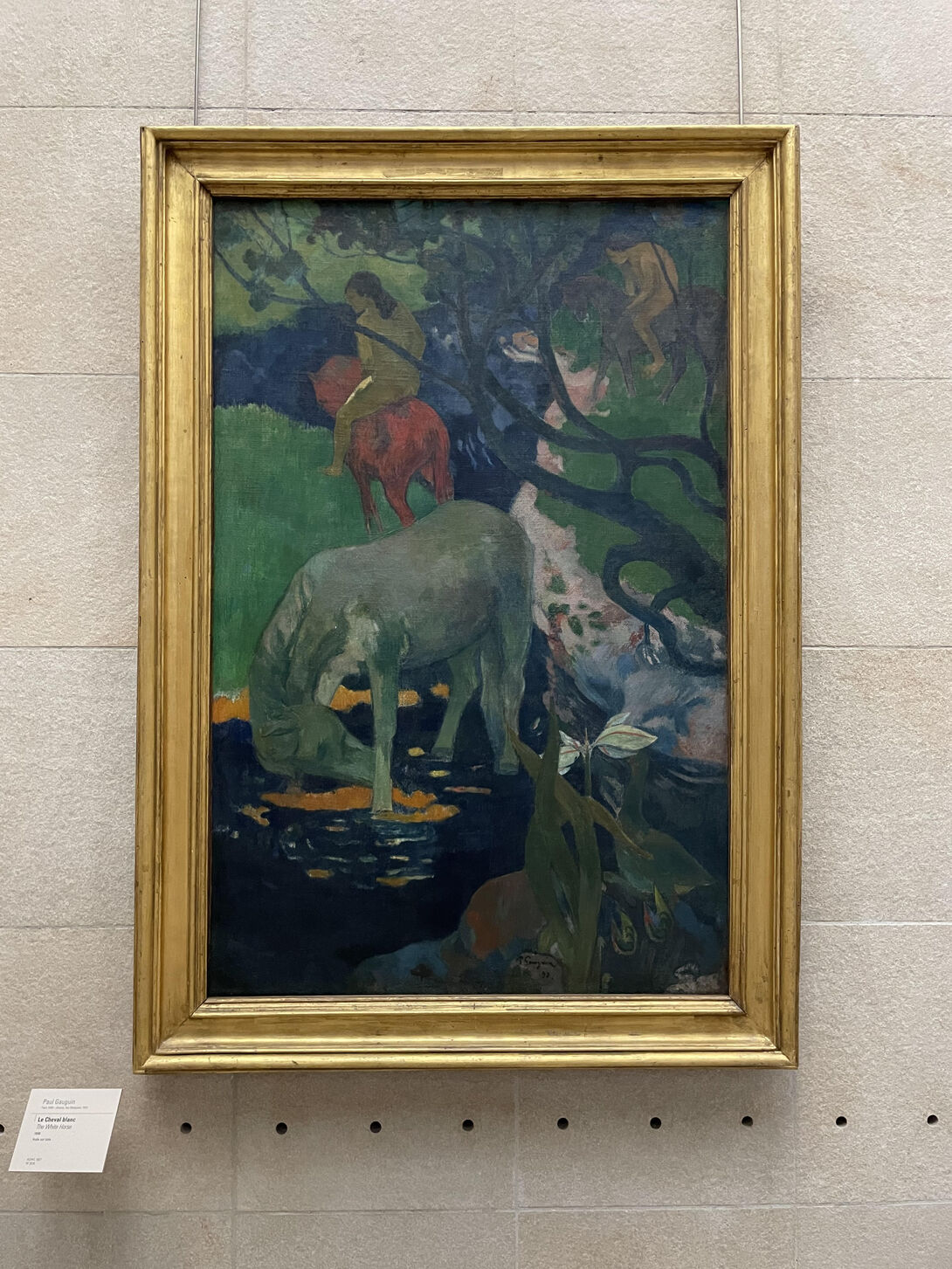
Artist's photo of the work by Paul Gauguin, "Le Cheval Blanc," 1898, dimensions 73.3 cm × 92.7 cm (28.9 in × 36.5 in).
On occasions when I felt creatively stuck in the studio, I could walk to the Musée d'Orsay, just 12 minutes away, spend 10 minutes in front of a Gauguin painting, and return refreshed and ready to continue my work. This immediate and intimate access to world-class art was something I could not have imagined before my stay.
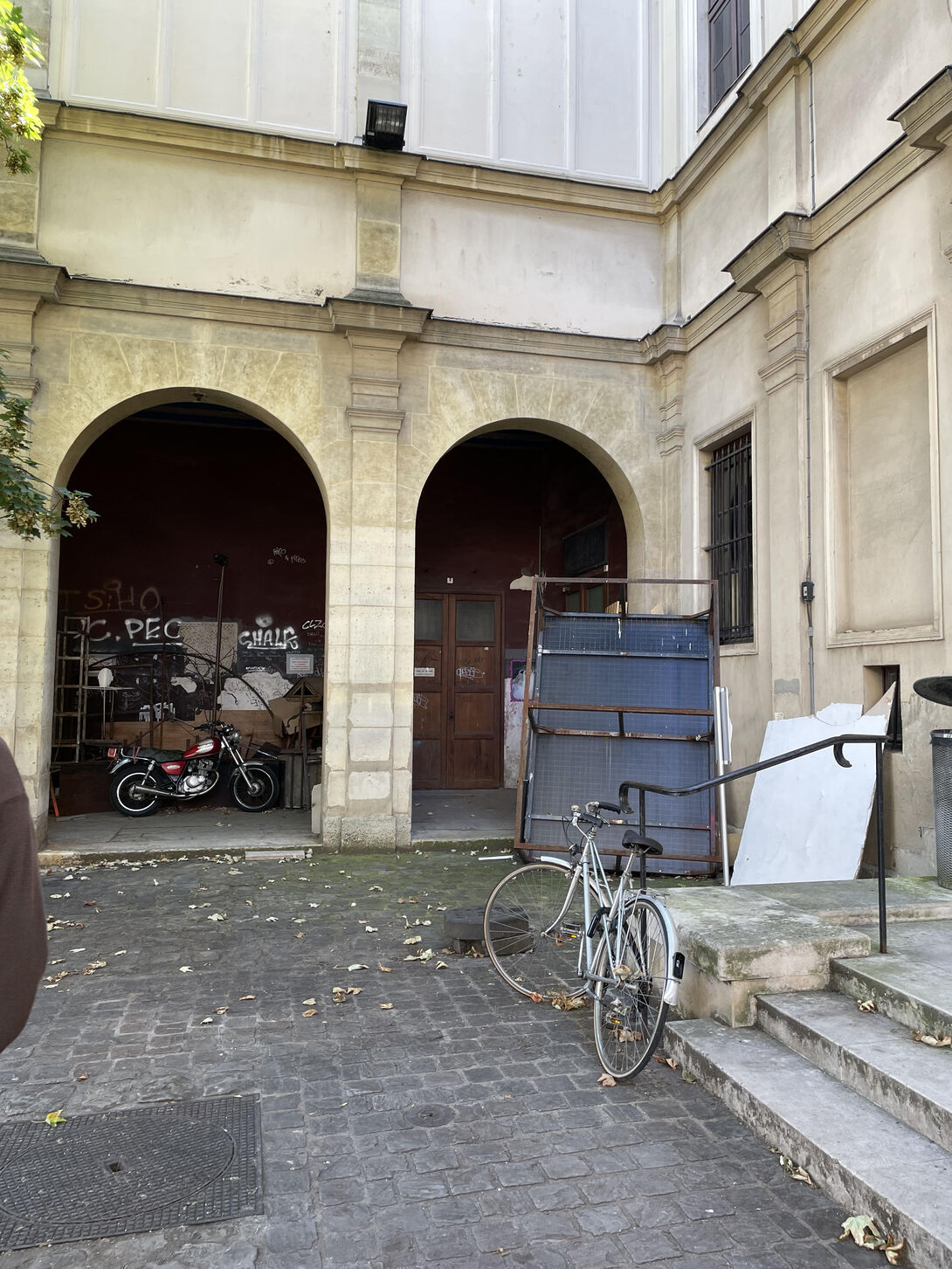
Image courtesy of Sharon Zhang
Why is traveling outside of the US important for artists and/or students?
Traveling outside the US prompts one to construct new perspectives on the world through immersing in entirely new environments. It inspires one to accept and envision new modes of creativity, provides alternative solutions to longstanding questions, foresters cultural connections that are important to one’s artistic and scholarly studies.
